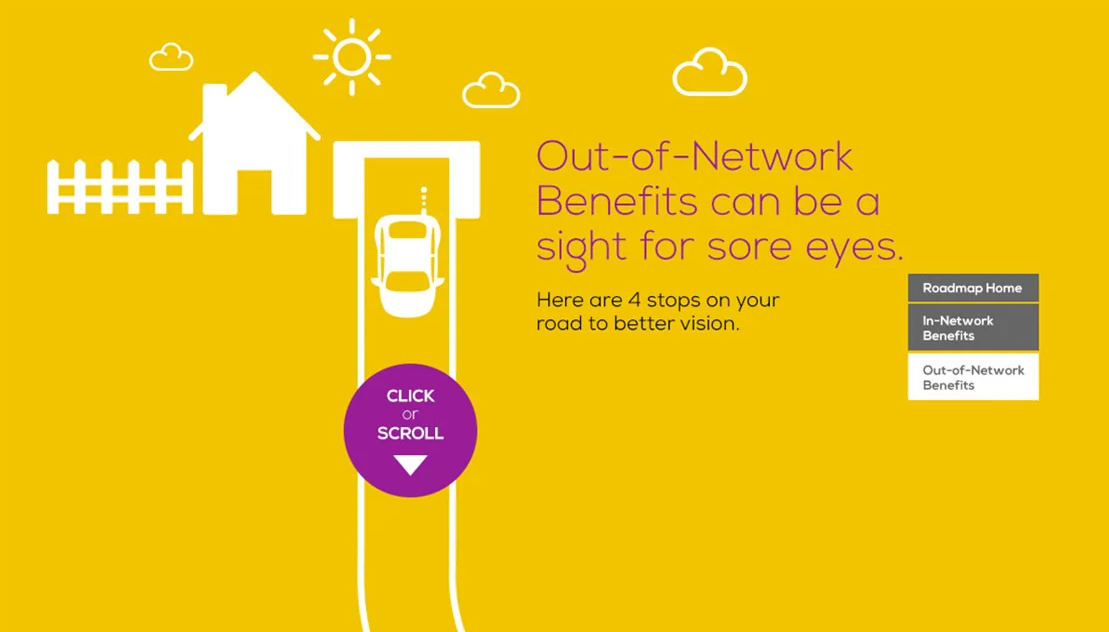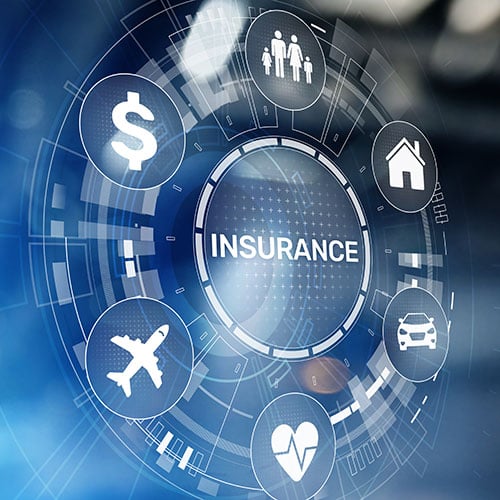Marketing Technology
Your tech solutions aren’t providing the ROI you need, but finding the right set of tools is not an easy process. GO2 Partners gives you easy access to a team of specialists who can apply leading technological innovations to your marketing efforts.

Custom, Agile Tech Solutions that Deliver Results
Optimized website
Working with the right tech positions you ahead of the competition. If your website is slow, you lose customers. If your site isn't secure, you risk losing your search rankings forever.
Modern technology
If you aren't evaluating your technology stack, you’re throwing away potential sources of revenue. Rather than your technology working for you, it works against you.
Integration solutions
GO2 Partners provides custom solutions that can address all your marketing technology needs. Whether it’s delivering a fully integrated system from the ground up or just putting a new face on your outdated ecommerce site, we can help.
Web and app development
You want a site that leaves a positive impression on your customers and keeps them coming back for more. GO2 Partners doesn’t just build websites and apps with amazing performance, we take the time to learn your business and customers so that we can create something that addresses your unique situation.

HubSpot CRM platform
There comes a point when your disconnected sales and marketing tools become more of a problem than a help. You know what we mean — sales needs to email a prospect, but marketing may need to send the same prospect a newsletter in a different system. No record of the interactions ever makes it into the CRM. HubSpot solves these problems. As a single, easy-to-use CRM platform, its powerful and connected tools make it easy. HubSpot’s designed so the pieces work seamlessly. It’s not cobbled together from discordant parts. As a HubSpot Partner, GO2 can help you make the most out of your investment to empower your teams. Work with our team to find the perfect mix of Hubs and strategy to reach your business goals.


Digital asset management
Working without a digital asset management system leaves your team fumbling a potential sale while they wait for their files to load or endlessly search for the right content. With our management system, your teams have access to these critical resources instantly, when and where they need them.
Our experts also work with your team to ensure the system adheres to the most stringent regulations, so you never have to worry about data ending up in the wrong hands.
Ecommerce platforms and solutions
If you’re not driving online sales, you’re losing out on a massive source of potential revenue. Even if you have an ecommerce system in place, if it’s not properly optimized, it can lead to lost revenue. Through our Empower ecommerce program, our specialists build a completely customizable digital storefront that makes it easy for clients to buy directly from you.

Cloud-based product information management system
Without a central resource to store and manage information, your operation can become disconnected. Rather than selling, your sales reps waste time looking for the latest information or struggle with outdated marketing material. Even outside channel partners struggle with woefully obsolete information.
When you work with Flex, our cloud-based product information management (PIM) system, you have a repository of information and data that updates automatically and easily integrates with your website, dealer portal, ecommerce platform, and any other digital resources your team wants to leverage. With it, you’re leveraging information to grow your business and make sales.
Access to Resources and Expertise
Kitting & Fulfillment
Support your business campaigns with convenient fulfillment services.
Don’t Wait to Take Your Tech to the Next Level
If your team doesn’t have the tools it needs to succeed, your growth can stagnate. Don’t wait to solve the problems that your business is facing. Working with GO2 doesn’t just provide you with a team of industry-leading experts. You also get a partner who is committed to helping you reach your business goals.

Customer Success Story
Read about how GO2 created custom solutions for a business that needed to deliver intuitive user experiences for thousands of visitors each month.
Latest News and Information

How to Leverage Marketing Technology for Your Business
Keep Reading

PIM for Manufacturers: Connecting Marketing, Sales and Customer Support
Keep Reading
Industries

Insurance
Overcome the challenges holding back your business.

Franchises
Scale your growing business with the experience and resources of GO2 at your side.

SaaS
Business resources and marketing expertise from GO2 let you focus on delivering the best product possible.


